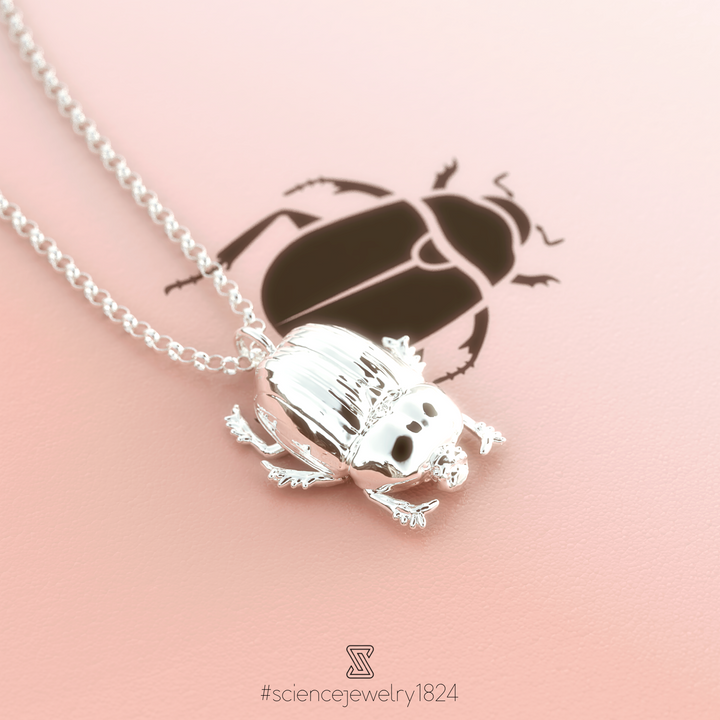The most famous group of scarab beetles (Scarabaeidae family) is the dung beetle. Ancient Egyptians revered this beetle, believing that it was sacred. Walls, tombs, and even jewelry were adorned with its image. Today, dung beetles are also revered by agriculturalists. All over the world, farmers rely on this beetle to do what it does best: dispose of dung. What exactly was and is so interesting about these little beetles to earn them a place in human history?
Ancient Egypt: Sunrise and Rebirth
The dung beetle, specifically Scarabaeus sacer, was the symbol of the Egyptian god of the rising sun, Khepri. This god would reset the sun each night and roll it out into the sky every morning. For those who are wondering, there were two other sun gods (3 total), Ra was the god of the midday sun and Atum, the god of the sunset. The ancient Egyptians also believed that the beetle was able to reproduce without females since the offspring seemingly popped out of the dung balls. This further confirmed its sacred status since Khepri also appeared of nothing.
Just a Day in the Life of a Scarab
Scarabs, not just dung beetles, are nature’s cleaners. They feed on dung, dead animals, and decaying plants. They have a highly sensitive sense of smell and some will hang out on the bodies of large herbivores and omnivores to get better access to fresh dung. Dung beetles are classified into rollers, tunnelers, and dwellers. As you can probably guess, rollers roll balls of dung around until they can find a place to hide it. Tunnelers dig holes to hide the dung they’ve found. And dwellers, well, they live in the dung.
A Farmer’s Best Helper
Throughout the world, farmers welcome dung beetles. They clear out cattle manure that would otherwise have to be removed by humans. This saves the cattle industry about $380 million dollars a year in the US alone. Moving and burying dung also improves soil quality, spreads plant seeds, and reduces greenhouse gas emissions. In tropical rainforests, the dung beetle is especially important in helping spread the growth of trees in a time when too many are being destroyed and cut down. Who knows, maybe one of the weapons we can use to combat climate change isn’t technology, but dung beetles!
...And It’s Really Pretty!
Rolling around cow poop seems like a lifestyle that would require dull, brown clothes. This would be true if scarabs had the fashion sense of humans. But this beetle is anything but boring. You can find scarabs in metallic purple, shimmering blue, iridescent green, and even glittering rainbow colors. While we can’t compete with Mother Nature, we do have the scarab beetle in sterling silver! So, gift this little creature to entomologists, ancient Egyptian history fans, farmers, and even a starry-eyed, budding fashionista. After all, nature is the best muse.
written by Science with Evie

